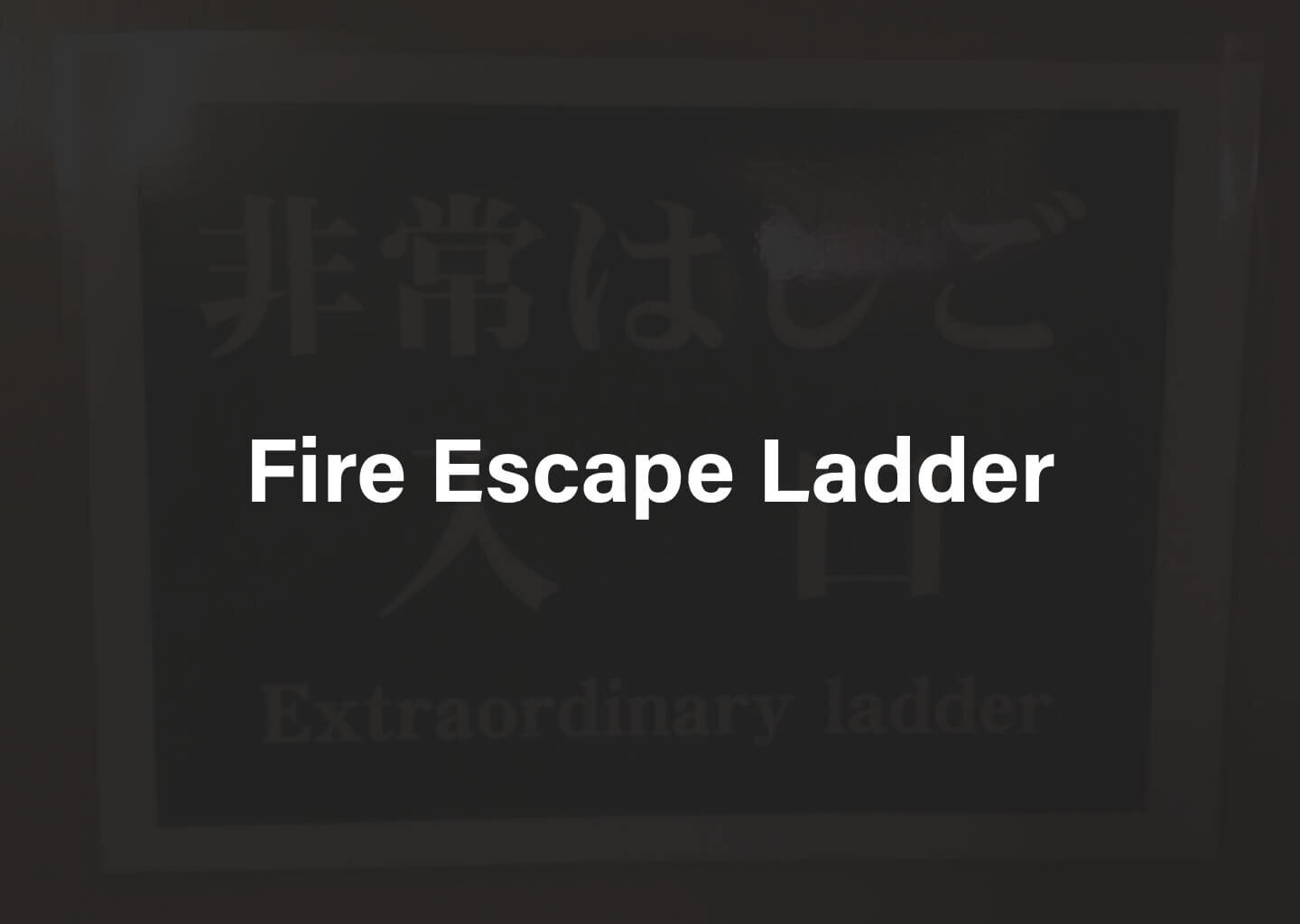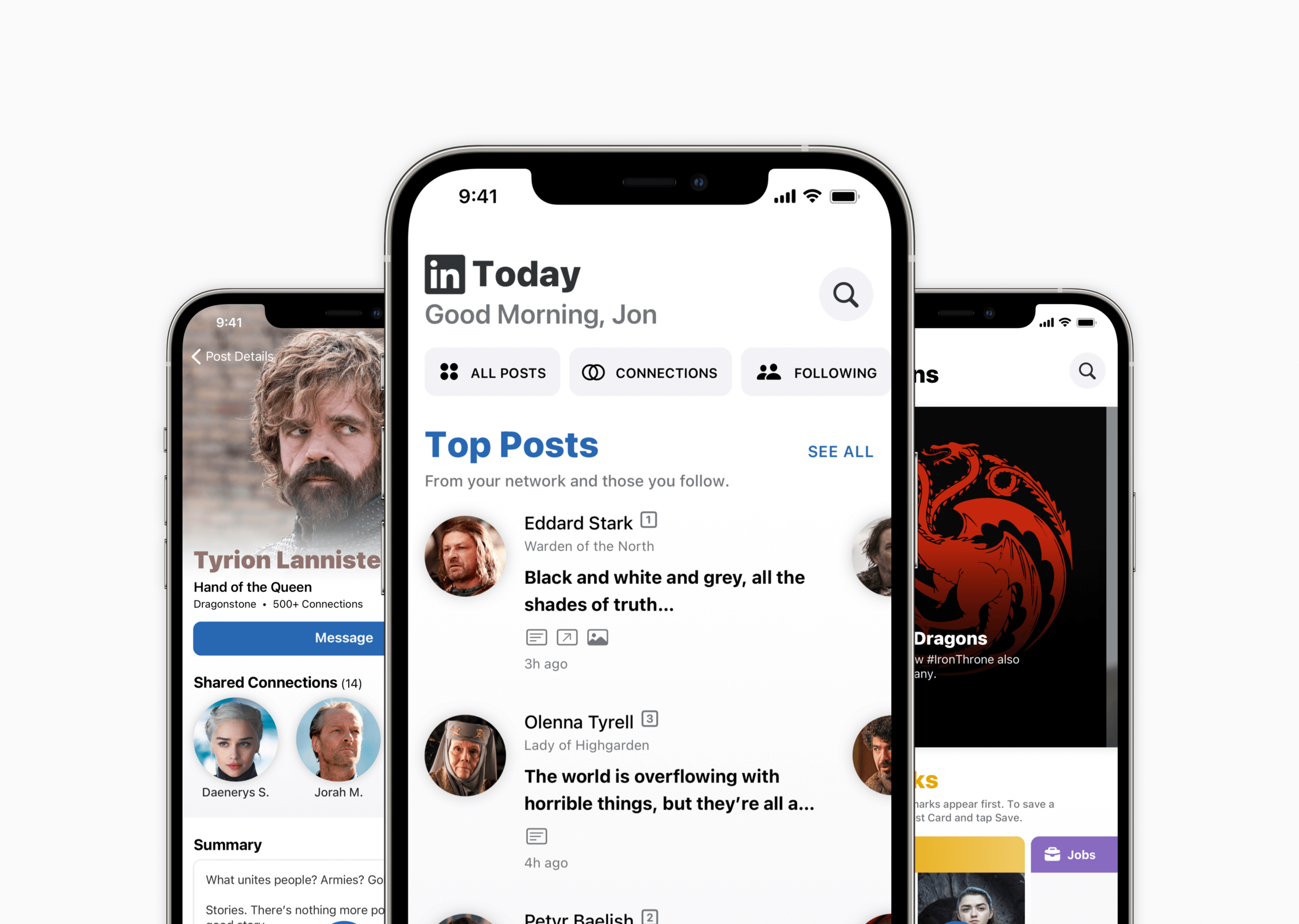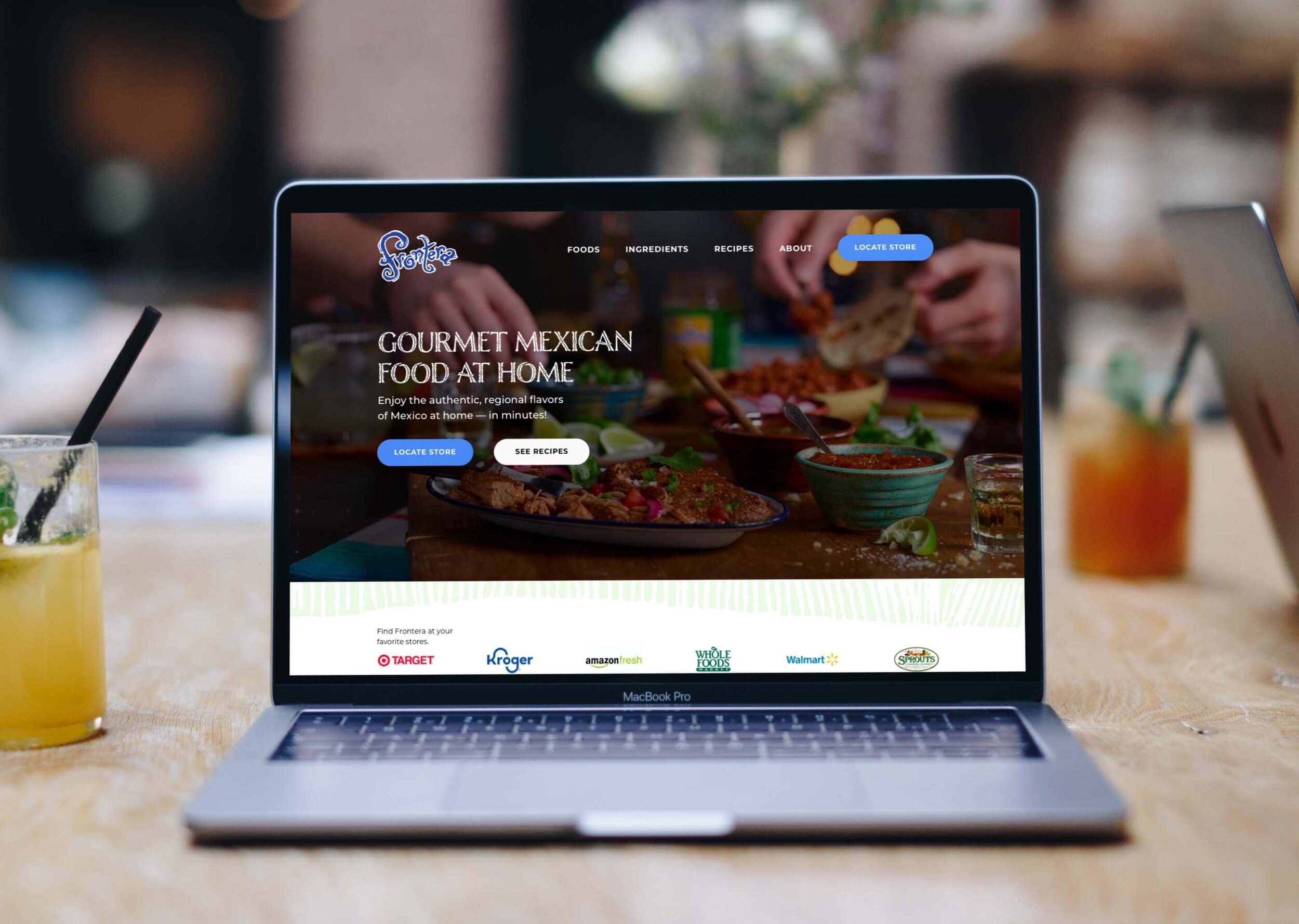Rewriting English Language Signs in Japan to Communicate Clearer Messages
Unsolicited redesign of English language signage in Japan by Jeff Shibasaki
Summary
While living in Japan (2009 – 2014), I often found English language signs to be unclear, unhelpful and wordy. They're usually unintentionally humorous too. As a UX writer who aims to write clearly and concisely, I've rewritten ten English language signs from Japan and included them herein to illustrate how to communicate clearer messages.
Roles
Photographed signs
Rewrote signs to communicate clearer messages
Before
After
I took this photo on the first floor of a Tsutaya media store. In Japan and other Asian countries, “Floor” is commonly abbreviated as “F.”
Before
After
I took this photo in the hallway of a multi-story building. The right words could save people’s lives.
Before
After
I took this photo on the shinkansen –– Japan’s bullet train. While there were restrooms for men and women, this sign refers to a restroom that anyone can use.
Before
After
I took this photo while waiting for a new pair of eyeglasses at Zoff. I thought “Zoff Smart” should be written as ZoffSmart to strengthen the branding. Also, “too light” and “too tough” are meant to communicate that Zoff Smart glasses are simply “light” and “tough.”
Before
After
I took this photo inside a McDonald’s. In addition to “Refresh Open,” “Grand Open” and “New Open” are other common examples in Japanese-English that refer to Grand Openings.
Before
After
I took this photo at a hotel check-in counter. I love that just two words can substitute for a grammatical, punctual and wordy mess.
Before
After
I took this photo in front of a Seiyu grocery store. I wrote “Fresh, Friendly & Clean” because that’s what most customers care about when choosing a grocery store. It’s also easy to remember because it establishes a pattern, then takes a twist. That’s from Roy's Writing Tool #8.
Before
After
I took this photo at a cafe. "Happy" is often used differently in Japan and other Asian countries. The Japanese also use it for "Happy Wedding" (Congratulations), "Happy New Baby" (Congratulations) and "Happy Price" (Low Price).
Before
After
I took this photo at a convenience store. In Japan, most trash is separated as either burnable/combustible or non-burnable/incombustible.
Before
After
I took this photo at a Miuraya grocery store. In Japanese-English, “climax off” indicates that a sale is ending soon.
Final Thoughts
When English language signs abroad fail to communicate clear messages to multicultural English speakers, the signs become cheap, dollar store decorations. Ineffective signs confuse people. Effective signs deliver clear messages.





























